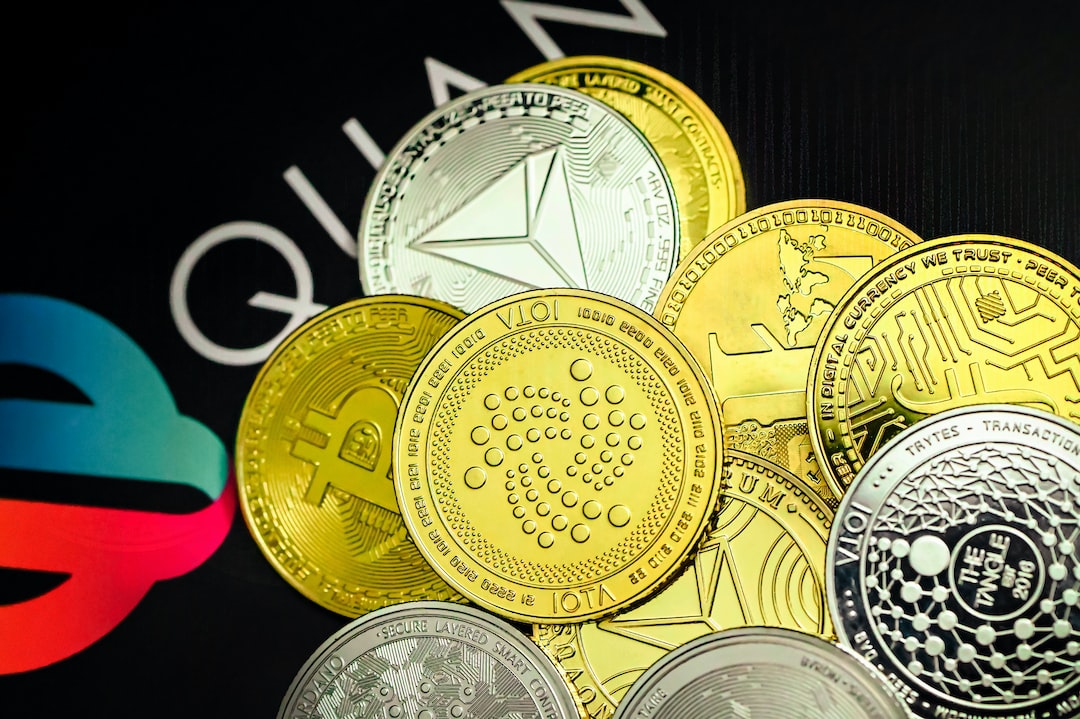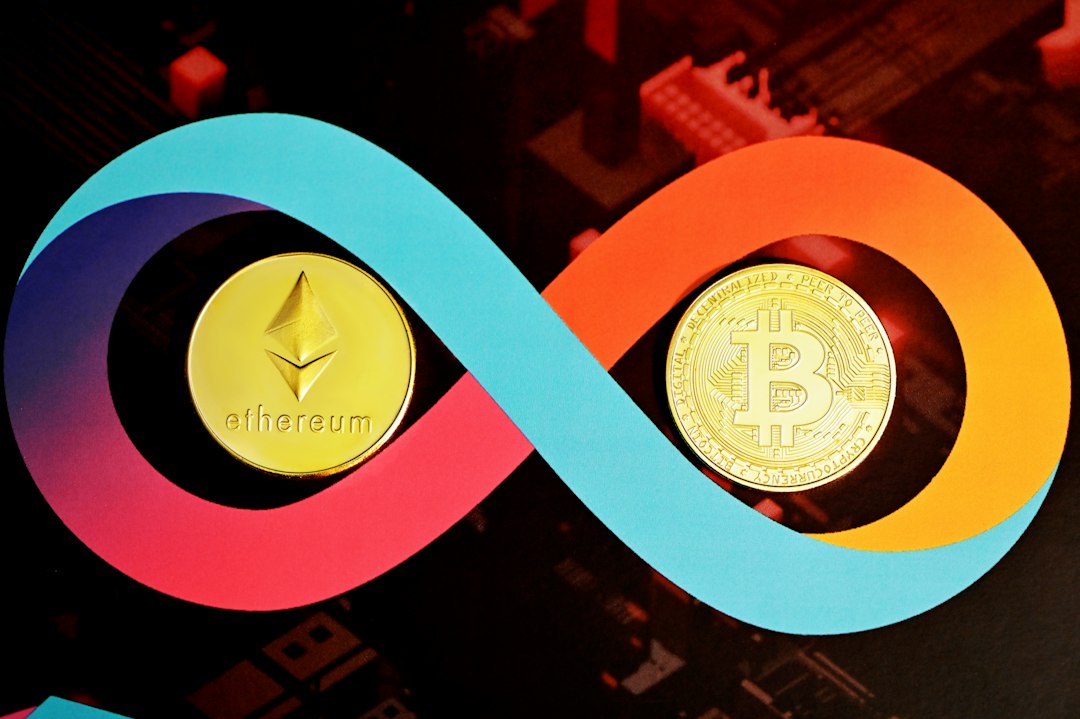What is Polygon and How Does it Work?
Polygon is a suite of scaling solutions that allows developers to create decentralized applications (dapps) with high throughput, low transaction fees, and quick finality. It achieves this by redirecting transactions from the Ethereum mainnet to a sidechain and a Layer 2 zkEVM network, processing transactions more swiftly and economically than Ethereum.
The project was founded in 2017 under the name Matic Network by Jaynti Kanani, Sandeep Nailwal, and Anurag Arjun. Initially, they developed a Layer 2 scaling solution called Plasma but later pivoted to focus on a proof-of-stake sidechain due to technical and developmental challenges. In 2021, Matic was rebranded as Polygon to emphasize its comprehensive suite of scaling solutions.
How does Polygon Work?
Polygon employs two scaling techniques: the Polygon PoS sidechain and the Polygon zkEVM zero-knowledge rollup network. The Polygon PoS sidechain functions in parallel with Ethereum and supports popular crypto applications like Uniswap and Aave. However, because it uses a sidechain model, it has security trade-offs compared to rollup-based Layer 2 solutions.
In addition to the PoS sidechain, Polygon also operates the Polygon zkEVM network. This network aims to leverage Ethereum’s security for Polygon’s advantage and helps Polygon progress towards becoming a rollup. Polygon Labs has also introduced Polygon 2.0, which integrates multiple Layer 2 chains rooted in ZK rollups for cross-chain communication.
The MATIC Token
MATIC is the native cryptocurrency of the Polygon network. It serves as a unit of exchange on the PoS sidechain and has a capped supply of 10 billion tokens. MATIC is used to cover transaction fees on the PoS sidechain and acts as a governance token for both the PoS sidechain and zkEVM Layer 2.
Users can stake MATIC tokens on the PoS sidechain for security and rewards. However, this functionality is not available on the zkEVM version. In the future, there are plans to migrate MATIC tokens to become POL, an upgraded version designed for staking on multiple ZK rollup-based chains within the Polygon ecosystem. This integration will enable Polygon validators to authenticate transactions across various chains.
Hot Take: Polygon’s Scalability Solutions
Polygon has emerged as a leading solution for Ethereum’s scalability issues by offering a suite of scaling solutions that provide high throughput, low transaction fees, and quick finality for decentralized applications. With its PoS sidechain and zkEVM network, Polygon aims to enhance the scalability of Ethereum-based apps while leveraging Ethereum’s security.
The MATIC token plays a crucial role in the Polygon ecosystem, serving as a means of exchange, covering transaction fees, and acting as a governance token. As Polygon continues to develop and introduce new features like Polygon 2.0, it is poised to further address scalability challenges and contribute to the growth of the decentralized finance (DeFi) ecosystem.





 By
By
 By
By
 By
By
 By
By

 By
By